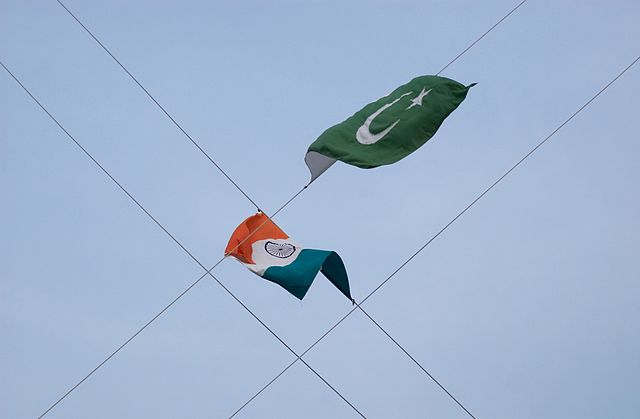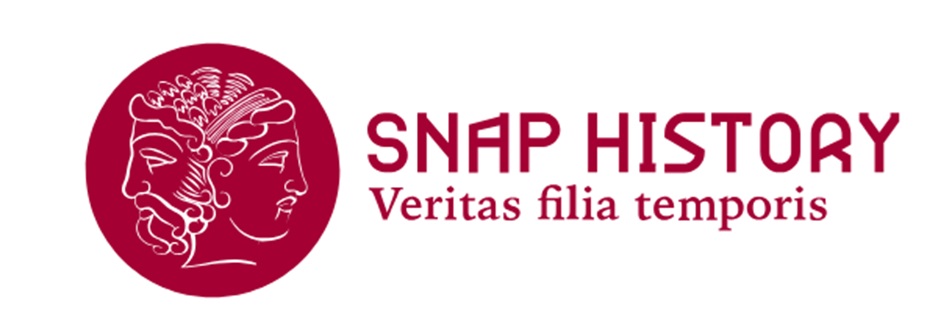The crescent and the wheel
The troubled birth of India and Pakistan and its dramatic consequences

Lowered flags of India and Pakistan. Both flags feature religious symbolism. The Indian one has Ashoka's wheel at its centre, a religious (Buddhist and Hindu) and military symbol dating back to the times of the ruler Ashoka of the Maurya dynasty (269-231 BC). The Pakistani flag features the traditional crescent with star, the symbol of Islam. Image from Commons.wikimedia.org
In the imperial logic of "divide and rule," the British, in governing India, had always fostered division between Muslims and Hindus. In 1906 the Muslim League was born, a party that aimed to defend the interests of Indian Muslims and, in the future, create a separate Islamic state. This party began to compete with Nehru and Gandhi's Congress Party, which aimed for a united, independent, secular, and pluralistic India. In 1913, it joined the League, soon becoming its leader, Muhammad Ali Jinnah, the father of the Pakistani nation: he feared that in a future independent India, the Hindu majority would oppress the Muslim minority, and therefore two separate states should be created. In 1939, the League was recognized by the British as the sole representative of all Indian Muslims. This displeased the Congress Party and the many Muslims who were part of it. In 1947, with British approval, two states were born: India, with a Hindu majority but immediately secular, democratic, and multireligious; and Pakistan, characterized instead by a strong Islamic identity and at that time including all regions of British Raj with a Muslim majority, including present-day Bangladesh. The birth of the two states was for India a partition, an artificial and painful division. Pakistan, on the other hand, saw it as the necessary birth of the home for all Muslims in South Asia. With the birth of the two states, millions of Muslims migrated from India to Pakistan, just as Hindus from Pakistan migrated to India. In this context, both in large cities and villages, expulsions, massacres, and violence occurred on both sides involving millions of people. Furthermore, the birth of Pakistan was one of the reasons that led Nathuram Godse, a Hindu nationalist linked to the extreme right-wing organization RSS, to shoot Gandhi in 1948, accusing him of conceding too much to Muslims. Also, with the birth of Pakistan, Muslims remaining in India began to be discriminated against by Hindu nationalists who saw them as a potential fifth column of the enemy.
Book: Edward Luce, A dispetto degli dei. L'inattesa ascesa dell'India Moderna , Bocconi University Publisher, 2007
2025-09-20
Salvatore Ciccarello
